Tasmania is a state on the rise. The formerly sleepy city of Hobart in particular is now gaining renown for its bourgeoning art, dining, and festival culture. Hobart is also building up a reputation as a hub for musical instruments.
We sat down with Simon Grubbs, the man behind Topshelf Instruments, to learn more about his business and Tasmania’s gear community as a whole.
How long have you been passionate about gear, and how did Topshelf grow out of that?
I was working in a more conventional brick–and–mortar music shop a couple of years ago, and unfortunately, it went broke quite suddenly and had to close in a hurry. There’s a lot of backstory there that I’ll spare you.
I moved on to another job in the travel industry, but I harboured dreams of getting back into the gear game. After a year and bit of working a frustrating job and wishing I had the capital to open the shop I had in my mind, I eventually got tired of waiting and decided to start something with the extremely limited funds I had — less than $1,000 AUD.
I started out importing a couple of the drum products that I wanted to buy but couldn’t find anywhere in Australia (Big Fat Snare Drum and Low Boy Beaters) and selling them out via Facebook, and I’ve added more stuff into the mix from there.
I’ve been playing guitar since I was nine years old and drums since I was 18, and I’ve always been a little susceptible to gear nerdism. There’s just nothing quite like hearing the sound you’ve been imagining.
How do you source inventory? Is it all from within Australia or mostly from abroad?
It’s a bit of a mix. In terms of guitars, I do a lot of trades with customers — which has netted me some really cool stuff — but I get most of my stock from Japan. I’ve got a great little system with a local contact over there, so I basically handpick used guitars from all over Japan and ship them in batches to Australia.
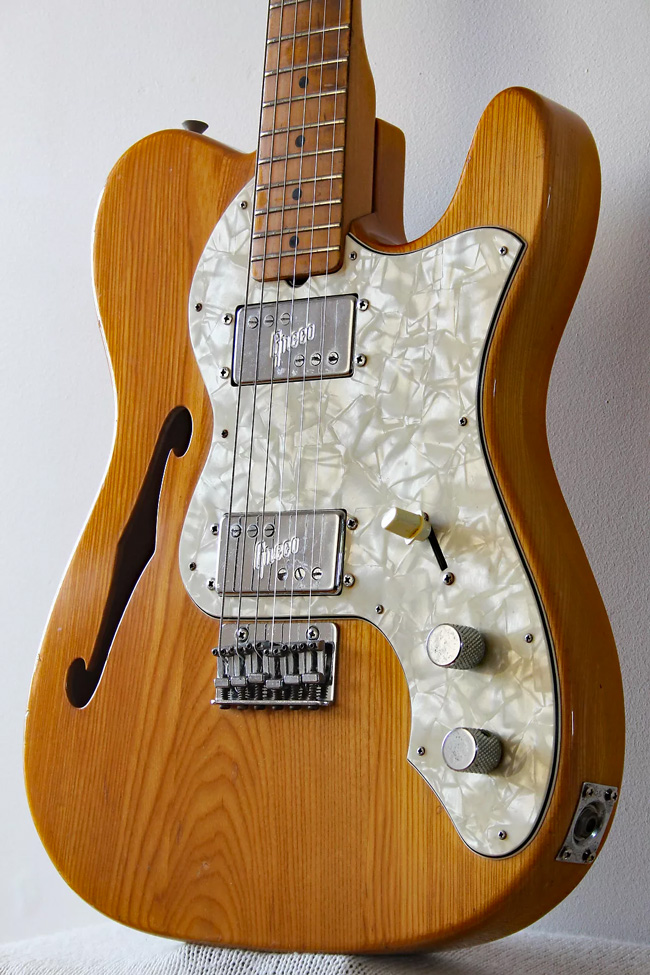
1975 Greco Thinline Tele
One advantage of Japanese gear is the incredible consistency of manufacturing over there. It’s easier to buy sight–unseen from Japan than it might be from other countries.
I’m working on opening a similar line of supply out of the USA, which would open up a different world of guitars. But there are some extra challenges with freight and currency involved there. I source vintage drum stuff from a couple of US contacts, so I’m getting the hang of it all.
What’s your take on the vintage guitar landscape in Tassie? How do you see yourself fitting in with it?
You really don’t see a lot of ‘showpiece’ vintage guitars around Tassie, although it can be surprising what turns up. You’ll occasionally meet the older dudes who have a ‘63 Strat under the bed.
I’m not so much into the “status symbol” collector's pieces, I’m more about getting really exceptional instruments into the hands of honest players for affordable prices. There’s a great scene for songwriters and bands down here, so I want to be part of getting them the best tools for their craft.
Being a small place, it’s always fun with local customers figuring out the friends and musicians we have in common — we’re all someone’s daughter, we’re all someone’s son.
What are some of your favorite pieces of gear that have come through the shop? What’s some of the most interesting inventory you have presently?
There’s some stuff that keeps you up at night, hey! I fairly recently sold a 1989 MIJ Fiesta Red ‘54 reissue Strat with Lace Sensor pickups… being a bit of a Strat guy, that one was really something, and I wish I had kept it for myself. It was just perfect — beat up a little, played in soft V neck, incredible tone.
The ‘80s era higher–end Fender Japan stuff is truly exceptional. I sold a pretty special Jazz Bass to a friend of mine, too. It was a mid–’80s JB62–115WAL for the Fender Japan nerds: matte walnut stain over alder with matching headstock, gold hardware, factory passive EMGs… I still see that one sometimes, so it’s nice it’s still in my life. The tone out of that bass is amazing.
Just today, I sold my current favourite — a 1978 Yamaha SA–700 Super Axe in transparent red. They’re a fairly traditional 335–style body, but the build quality and tone is off the charts. I showed it to a few friends, and we all fell in love instantly.
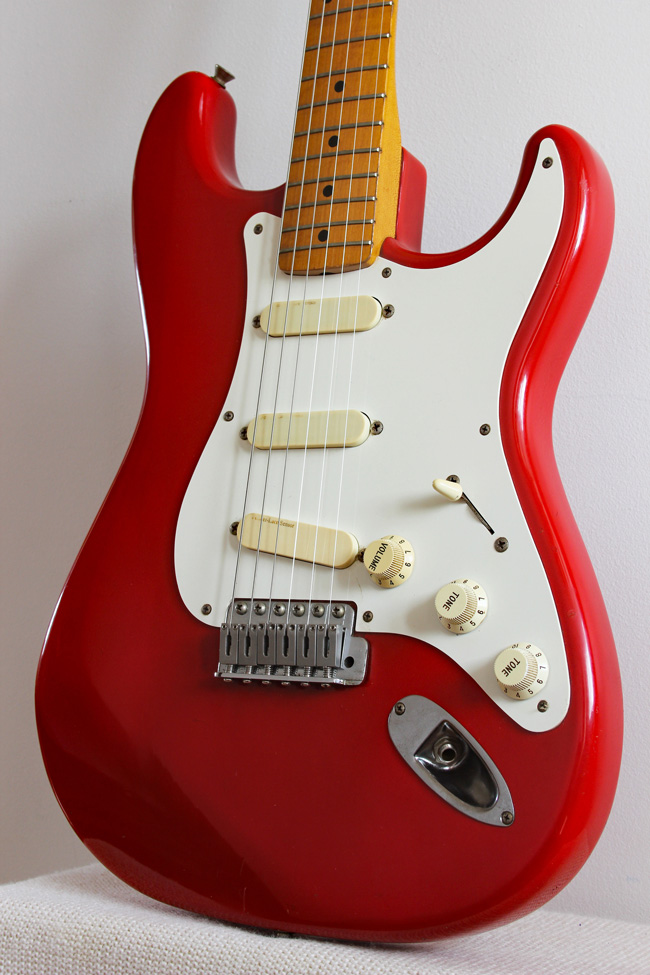
1989 MIJ Fiesta Red ‘54 Strat
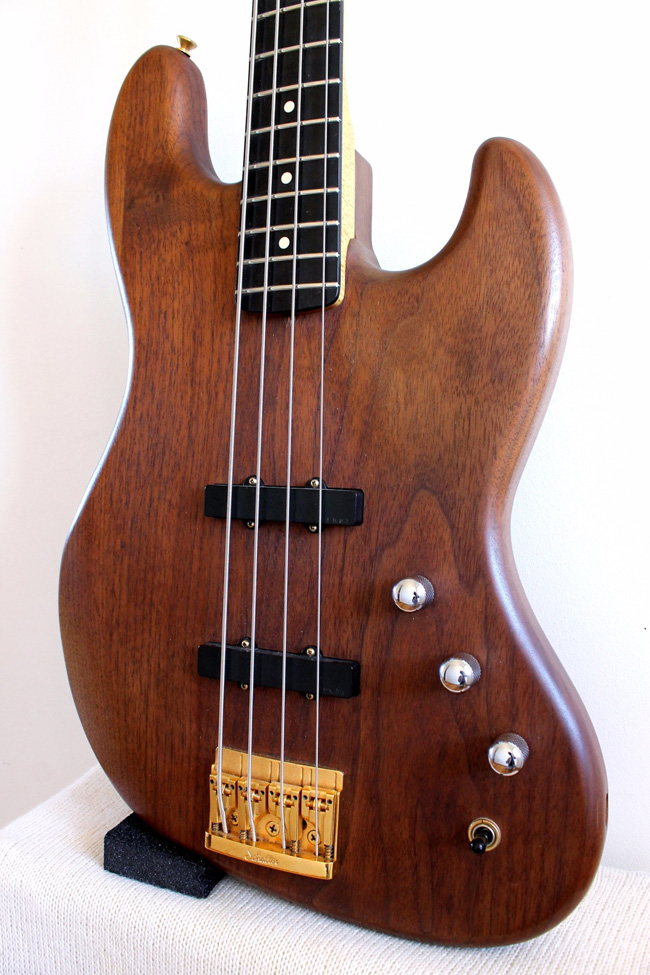
'80s Fender JB62–115WAL
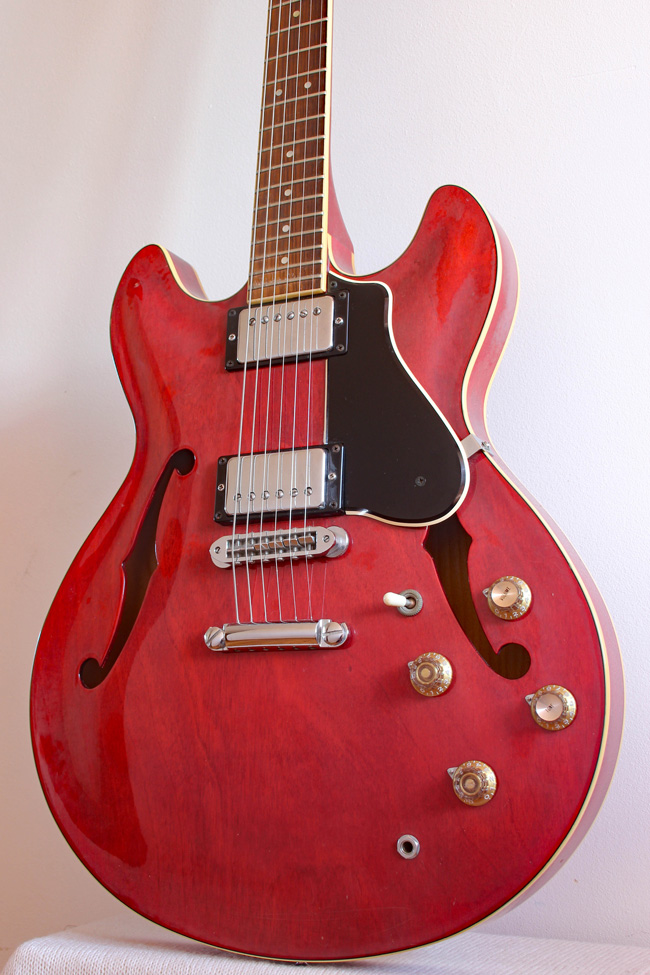
1978 Yamaha SA–700 Super Axe
I’ve also got a Ludwig gold sparkle 14x5” 6–lug Pioneer snare listed currently. If that never sells and I have to keep it forever, well, that’s just fine with me.
It’s a rotating cast around here, so you can’t get too attached to any one item — things just don’t hang around. I’m a matchmaker at heart, so as long as the beauties all find attentive lovers, it’s all good in the hood.
What sort of trends do you see developing in the Australian vintage market, and the music scenes that use this gear?
Tastes are definitely evolving, that’s for sure. I do a lot of trades, and I’ve had a bunch of people trade me their various pointy shred machines for the more tried–and–true classic Fender and Gibson type guitars.
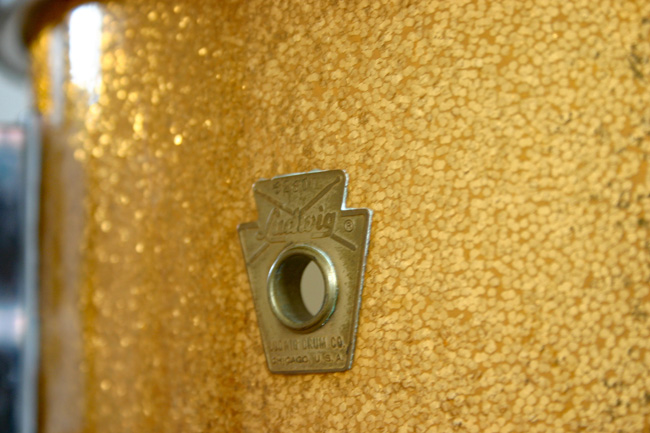
Ludwig 14x5” Pioneer snare
Customers are more educated than ever, so stuff that’s previously flown ‘under the radar’ in terms of quality for value — like ‘70s Yamaha guitars, MIJ Squier stuff, etc. — are increasingly on the wishlist for players.
From a business perspective, I love the freedom of picking my own inventory piece by piece — it’s a huge departure from the model stocks and RRPs that go with traditional ‘dealerships.’
Doing used and vintage gear allows me to really listen to what people want and leave a lot of the PR hype and magazine ads behind. We’re a pragmatic bunch of players in Australia I reckon, so instruments with a few miles on the clock that offer amazing tone and playability that real people can buy without selling their organs are increasingly finding favour.
How have you been using Reverb to help your business?
I initially started using Reverb to list guitars that I hadn’t been able to sell via other channels. Once I realised I could sync it with my online store and have my whole inventory show up on the platform with basically no extra data entry, I really started to see the beauty of the system.
Reverb allows for a lot more of the ‘personality’ of the vendors to come through than platforms like eBay. Customers know they are dealing with Topshelf Instruments, Reverb is just the gateway.
I started my business with the intention of using the web–based approach to reach a national audience, but Reverb has opened up my offerings to a global audience. Just in the last couple of days I’ve sold guitars to New Zealand (kia ora cuz!) and Missouri USA — those buyers would never have found me without Reverb. It’s definitely not my only sales channel, but gosh it’s been good.

